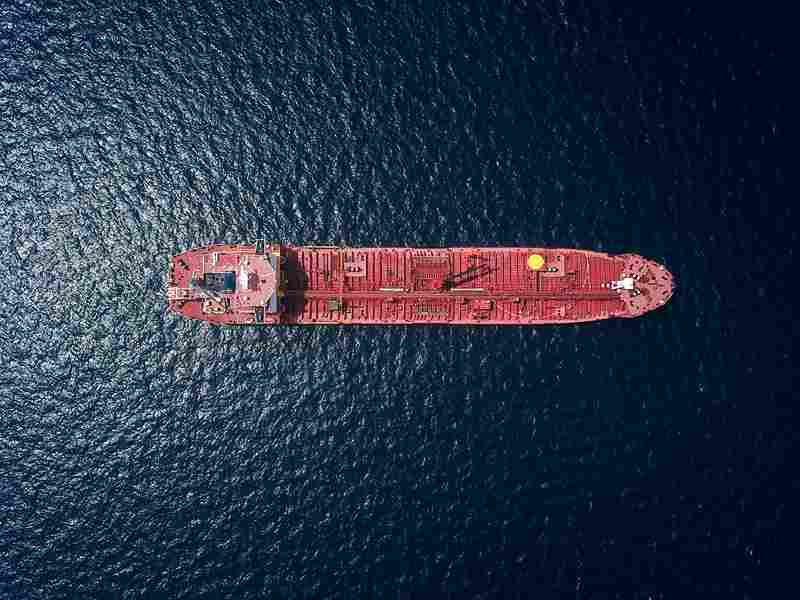
Strategies for Reducing Soot and Particulate Emissions from Bunker Fuels
Introduction
Soot and particulate matter emissions from bunker fuels pose significant environmental and health concerns, particularly in maritime transport. As regulatory bodies tighten emission standards, and societal expectations for cleaner air increase, the maritime industry faces the challenge of reducing these harmful emissions. This article explores various strategies and technologies aimed at mitigating soot and particulate emissions from bunker fuels, focusing on their effectiveness, implementation challenges, and future developments.
Understanding Soot and Particulate Emissions
Soot and particulate matter are tiny particles released during the incomplete combustion of bunker fuels. These particles can vary in size and composition, ranging from carbonaceous soot to sulfur-containing compounds and metals. They contribute to air pollution and pose health risks, including respiratory and cardiovascular diseases, while also impacting climate through their ability to absorb and scatter solar radiation.
Strategies for Reduction
1. Fuel Switching
Switching to cleaner bunker fuel options is a fundamental strategy for reducing soot and particulate emissions:
- Low Sulfur Fuels: Switching from high sulfur heavy fuel oils (HFOs) to low sulfur marine gas oils (MGOs) or ultra-low sulfur fuels (ULSF) reduces sulfur dioxide (SO2) emissions, a precursor to sulfate particulates.
- Alternative Fuels: Exploring alternative fuels like liquefied natural gas (LNG), hydrogen, or biofuels, which generally produce lower particulate emissions and can contribute to overall emission reductions.
2. Fuel Additives
- Combustion Catalysts: Additives like cerium-based catalysts can enhance combustion efficiency, reducing soot formation and improving fuel economy.
- Lubricity Improvers: Additives that enhance lubricity can reduce wear on engine components, potentially lowering particulate emissions from engine abrasion.
3. Engine Optimization and Maintenance
- Improved Combustion Processes: Optimizing engine parameters such as fuel injection timing, air-fuel ratio, and combustion chamber design can minimize soot formation.
- Regular Maintenance: Ensuring engines are well-maintained with clean fuel injectors, air filters, and effective exhaust gas treatment systems reduces overall particulate emissions.
4. Exhaust Gas Cleaning Technologies
- Particulate Filters: Installing diesel particulate filters (DPFs) or particulate abatement systems in exhaust systems captures and reduces particulate emissions before release into the atmosphere.
- Selective Catalytic Reduction (SCR): SCR systems reduce nitrogen oxide emissions, indirectly benefiting particulate reduction by optimizing combustion conditions.
5. Operational Best Practices
- Speed and Load Optimization: Operating vessels at optimal speeds and loads reduces fuel consumption and associated emissions, including particulates.
- Cold Ironing: Using shore power instead of shipboard generators while docked minimizes emissions from onboard engines.
Challenges and Considerations
- Cost Implications: Switching to cleaner fuels and retrofitting vessels with emission control technologies can incur significant upfront costs.
- Fuel Availability: Ensuring consistent availability and quality of low sulfur fuels and alternative fuels across global maritime routes remains a challenge.
- Regulatory Compliance: Adapting to evolving emission regulations and ensuring compliance with regional and international standards requires continuous monitoring and adaptation.
Future Developments
- Advanced Emission Control Technologies: Continued research and development in particulate filters, catalytic converters, and hybrid propulsion systems will further reduce emissions.
- Innovation in Fuel Technology: Exploration of synthetic fuels, hydrogen-based fuels, and ammonia as potential future bunker fuels with lower particulate emissions.
- Digitalization and Monitoring: Integration of data-driven analytics and real-time monitoring systems to optimize fuel combustion and emission performance.
Conclusion
Reducing soot and particulate emissions from bunker fuels is essential for improving air quality, protecting human health, and achieving sustainability goals in maritime transport. By adopting a combination of fuel switching, emission control technologies, engine optimization, and operational best practices, the maritime industry can significantly mitigate its environmental footprint. Continued collaboration among stakeholders, technological innovation, and adherence to regulatory frameworks will be critical in advancing towards cleaner and more sustainable maritime operations globally.





